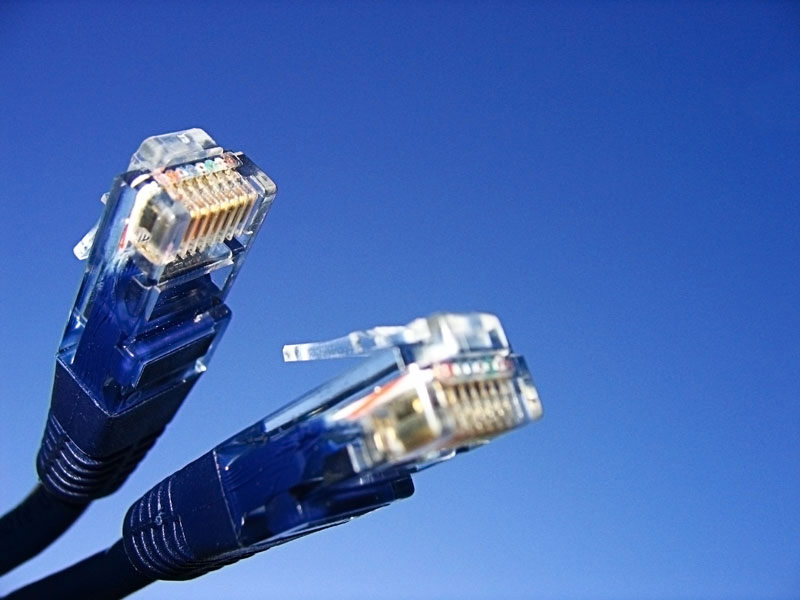Web’s Undersea Cables Need Revamp to Prevent Catastrophe

The massive set of undersea cables that makes up the infrastructure of the Internet needs to be revamped to ensure security during a crisis, according to a top security expert.
“At the national level, it’s been implemented -- the most important communications get through. But other countries don’t have the capability to communicate across borders” in an emergency, explained Karl Rauscher, a Distinguished Fellow at the EastWest Institute, who was instrumental in forming the U.S. strategy for communications-infrastructure protection following the calamity of Sept. 11.
This bottlenecking comes partly as result of the spectacular -- and speedily growing -- amount of bandwidth consumed throughout the world every day, Rauscher told SecurityNewsDaily.
While it’s common to think of the Internet as an amorphous entity that’s always available, Rauscher said there are actual “geographical choke points” – physical locations where the undersea cables that make up the global Internet infrastructure receive such heavy volumes of information that Web traffic literally gets backed up or stopped, like a freeway that narrows to a single lane.
Rauscher identified three major choke points as the Luzon Strait near Taiwan, the Strait of Malacca and the Red Sea. If any of those sets of cables were compromised by either natural disaster or malicious attack, worldwide Internet and phone communication would be highly jeopardized, he said.
To decrease the competition for a “limited amount of bandwidth” and to make these chokepoints less attractive targets for attack, Rauscher strongly advocates diversifying: building more undersea networks throughout the world to “avoid single points of failure.”
Rauscher detailed these points in the Reliability of Global Undersea Communications Cable Infrastructure study he led for the Institute for Electrical and Electronics Engineers (IEEE), of which he is a member.
Sign up for the Live Science daily newsletter now
Get the world’s most fascinating discoveries delivered straight to your inbox.
“Nearly 100 percent of the world’s inter-continental electronic communications traffic is carried by the undersea cable infrastructure,” the ROGUCCI report stated. “The probability of a global or regional failure is very low; however, it is not zero. The impact of such a failure on international security and economic stability could be devastating.”
Rauscher wrote about the need to be prepared for a “hostile maritime crisis” that, through physical damage to the undersea cables, could compromise the Internet on a worldwide scale.
Global policy surrounding the Internet infrastructure needs to be revamped before such an emergency, Rauscher told SecurityNewsDaily. Top-priority communications – police, fire, emergency networks – need to be able to travel across the Web from one country to another, a practice inhibited by current policy.
Other factors affecting the unseen cables powering the Internet are deep-sea mining, aquaculture development, and the increasing numbers and sizes of ships. Vessel anchors are significant causes of cable faults, Rauscher explained.
All the issues need to be addressed in order to ensure an Internet infrastructure that is, as Rauscher put it in the ROGUCCI report, “highly available, highly reliable, highly robust, highly resilient and highly secure.”
Currently, Rauscher is working on an International Priority Communications Policy, which would allow for critical Internet and phone communication to get across the world in the event of an emergency.
He is scheduled to present his findings in London Nov. 16, as a pre-presentation to the Worldwide Cybersecurity Summit to be held June 1-2.










